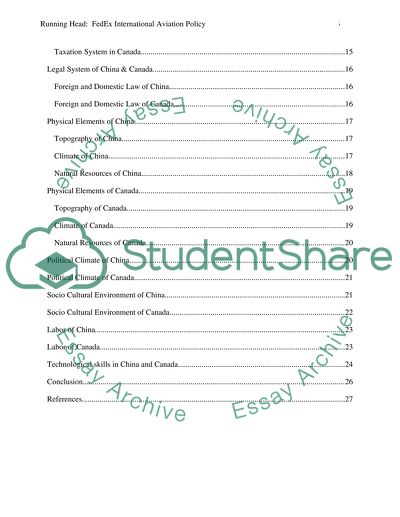Cite this document
(“FedEx International Aviation Policy Research Paper - 1”, n.d.)
Retrieved from https://studentshare.org/military/1425322-fedex-international-aviation-policy
Retrieved from https://studentshare.org/military/1425322-fedex-international-aviation-policy
(FedEx International Aviation Policy Research Paper - 1)
https://studentshare.org/military/1425322-fedex-international-aviation-policy.
https://studentshare.org/military/1425322-fedex-international-aviation-policy.
“FedEx International Aviation Policy Research Paper - 1”, n.d. https://studentshare.org/military/1425322-fedex-international-aviation-policy.


